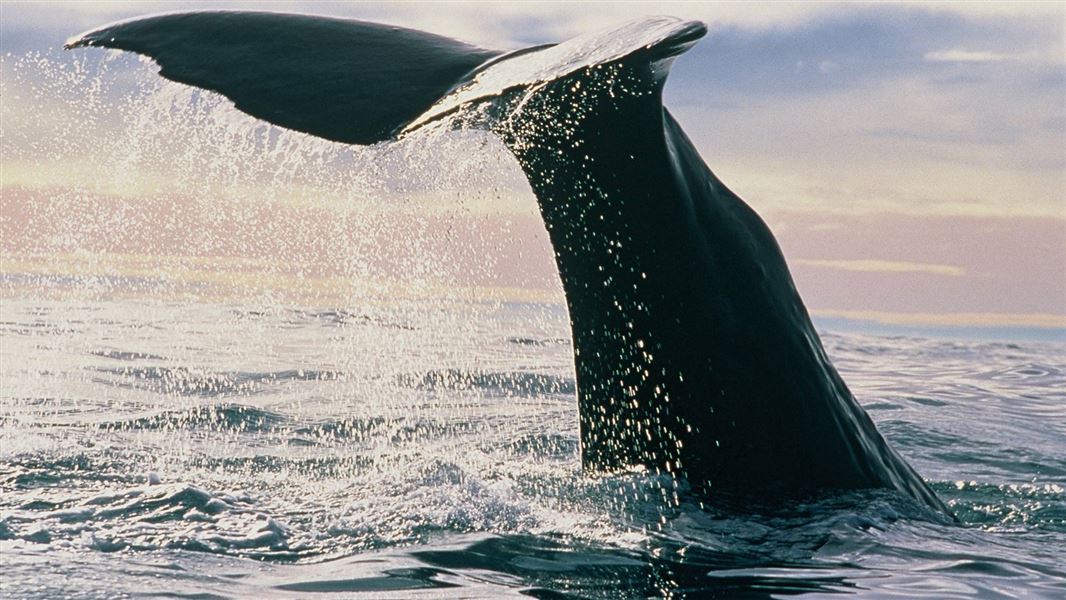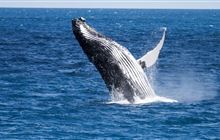
Introduction
Whales are the world's largest mammals. Almost half the world’s whale and dolphin species are found in New Zealand.Whales and dolphins belong to a group of animals called cetaceans. They can be divided into two families:
Toothed whales have teeth, though these may not always be obvious. These whales use sound waves in a method called echolocation to navigate and hunt for fish and squid. New Zealand examples include sperm whales, pilot whales and dolphins.
Baleen whales have plates of baleen suspended from the roof of their mouths, through which enormous quantities of krill are sucked from the water. These whales are generally larger than toothed whales and include the largest whale of all, the blue whale. New Zealand examples include humpback and Southern right whales.
See information about common whale species below. Killer whale/orca are actually the largest member of the dolphin family.
The blue whale is the largest animal in the world. There are two sub-species of blue whales in the Southern Hemisphere, the Antarctic (or true) blue whale and the pygmy blue whale.
Humpback whales are easy to identify and are well known for their spectacular breaching and beautiful, complex songs.
These baleen whales can be recognised easily by their strongly arched mouth, lack of dorsal fin and V-shaped blowhole spray.
Sperm whales are one of the easiest whales to identify at sea. These animals are widespread around the world, but have a patchy distribution.
Beaked whales are a little-known group of whales named for their dolphin-like beak. New Zealand is a hotspot with 13 of the 24 known species being found here.




